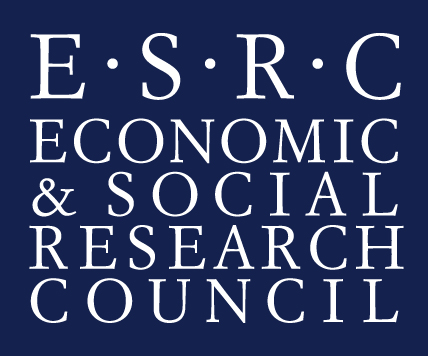Get Involved - Research Projects
Social impairment in fragile X syndrome


Funded by the ESRC and supported by the Fragile X Society from 2010 – 2014
Background
Successful social interaction is crucial to our ability to maintain relationships with others and to engage effectively in the surrounding environment. Understanding social behaviour and social processing skills that may underpin social interaction is important for enhancing knowledge about typical and atypical social development. The aim of this project is to study social behaviour and social processing in children and adults with Fragile X (FXS), Cornelia de Lange (CdLS), and Rubinstein-Taybi syndromes (RTS); three genetically defined neurodevelopmental disorders that are characterised by unique profiles of skills and difficulties in social functioning.
Aims
Across three studies, this project aimed to investigate the social behaviour of children and adults with FXS, CdLS and RTS, and to assess whether social information processing differences exist between these three groups.
Study 1 – social anxiety and social motivation in FXS, CdLS and RTS
The aim of this study was to investigate two aspects of social behaviour, namely social anxiety and social motivation in children and adults with FXS, CdLS and RTS, and to see how these differ across a range of social situations with a familiar and an unfamiliar adult.
Study 2 – visual preference for social versus non-social information in FXS, CdLS and RTS
The aim of this study was to use eye-tracking technology to assess whether children and adults with FXS, CdLS and RTS show similarities or differences in their preference for social and non-social information.
Study 3 – spontaneous emotion discrimination and face scanning in FXS, CdLS and RTS
The aim of this study was to use eye-tracking technology to assess whether children and adults with FXS, CdLS and RTS automatically tell the difference between facial expressions. This study also aimed to investigate how much time people with FXS, CdLS and RTS spent looking at the eyes and mouth regions of faces.
Methods
Study 1
Children and adults with FXS, CdLS and RTS were presented with four different social situations. The situations varied in the nature of social demand and each social situation was carried out with a researcher who was unfamiliar to the participant, and a parent, carer or teacher who was familiar to the participant. For example, one condition involved having a conversation with the interacting adult whilst another condition involved the participant telling the adult a story. Behaviours indicative of social anxiety, such as eye contact aversion, rigidity and fidgeting, were rated from video footage of each social situation. In addition, behaviours indicative of social motivation, such as initiation of interaction, were rated from the video footage.
Study 2
Children and adults with FXS, CdLS and RTS were presented with videos of social and non-social scenes on a computer screen whilst their eye movements were recorded. Social scenes included people engaged in activities whilst non-social scenes included objects moving. The proportion of time spent looking at social versus non-social stimuli was assessed, as well as the time taken to fixate to each type of stimulus. This can indicate whether attentional priority and attentional maintenance is allocated to social or non-social information.
Study 3
Children and adults with FXS, CdLS and RTS were presented with pictures of faces on a computer screen whilst their eye movements were recorded. The amount of time spent looking at the eye and mouth regions of neutral faces were assessed, as well as the amount of time taken to fixate to these areas of the face. In addition, the amount of time spent looking at faces depicting a disgusted or happy expression, compared to the amount of time spent looking at neutrally expressive faces was assessed in order to determine whether participants automatically discriminated emotional and neutral expressions.
Progress to date
Data collection for all three studies has now finished and results are currently being analysed. Preliminary results are reported below.
Study 1
Preliminary analyses indicate that people with FXS and RTS experience heightened levels of social anxiety across a range of social situations with familiar and unfamiliar adults in comparison to individuals with Down syndrome (DS) matched for age and verbal ability. However, social anxiety is governed more by the nature of the social interaction in people with CdLS, and social anxiety is heightened when interacting with an unfamiliar versus familiar adult.
Study 2
Preliminary analyses indicate that people with FXS, CdLS and RTS spend similar amounts of time looking at social and non-social stimuli. However, people with CdLS take longer to fixate to social information that is directed towards them than the other two participant groups, indicating reduced attentional priority for this type of stimulus.
Study 3
The results indicate that participants with FXS spent less time looking at the eye region of faces than other groups, including individuals with Autism Spectrum Disorder. This suggests that there are meaningful differences between the groups, which could be helpful for the development of targeted social interventions. However, all participants discriminate between emotional and neutral faces in a similar way to typically developing children and adults. For more information on this study, click here
Contact details

Hayley Crawford
Email: hayley.crawford@coventry.ac.uk
Tel: 02477 659 370



